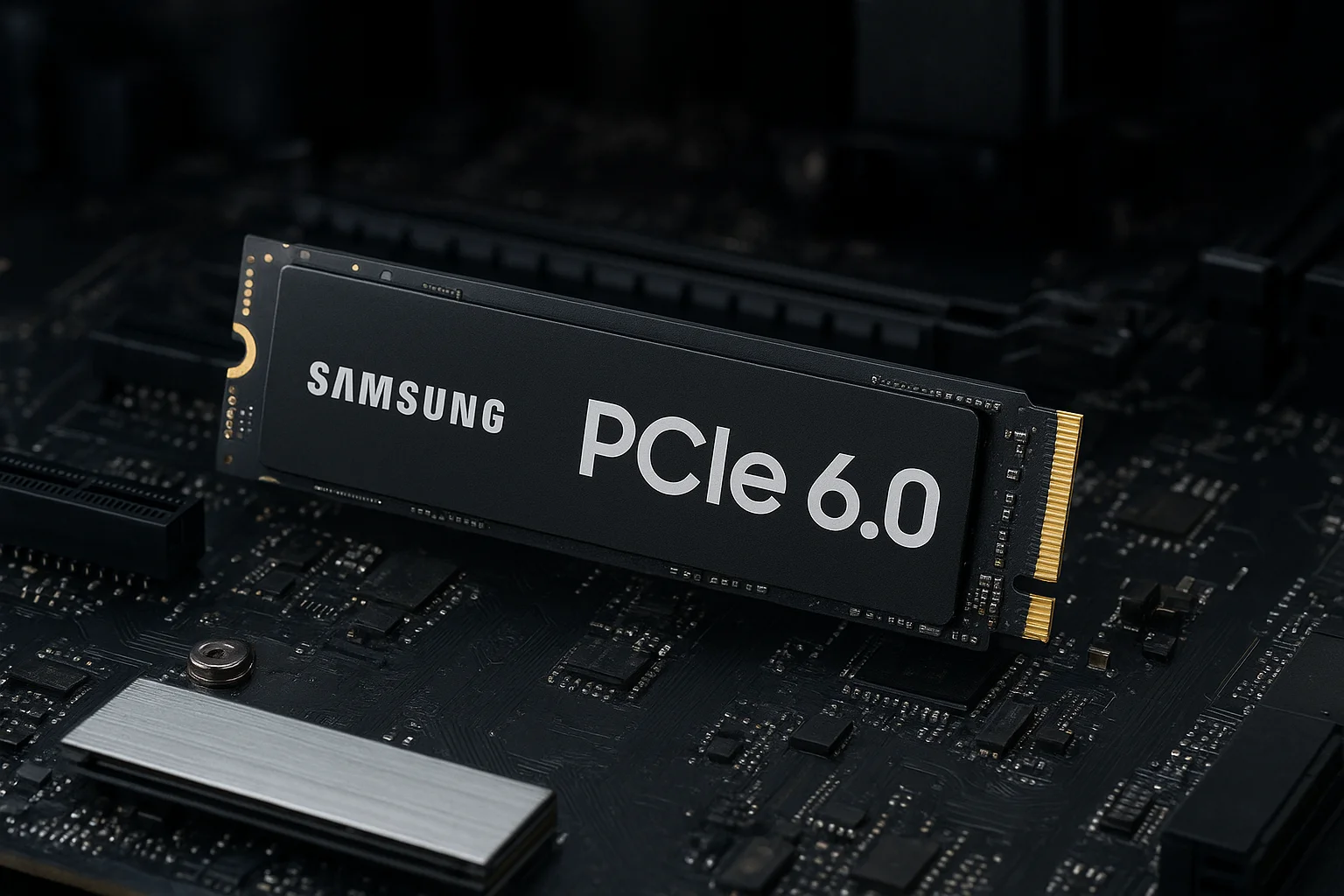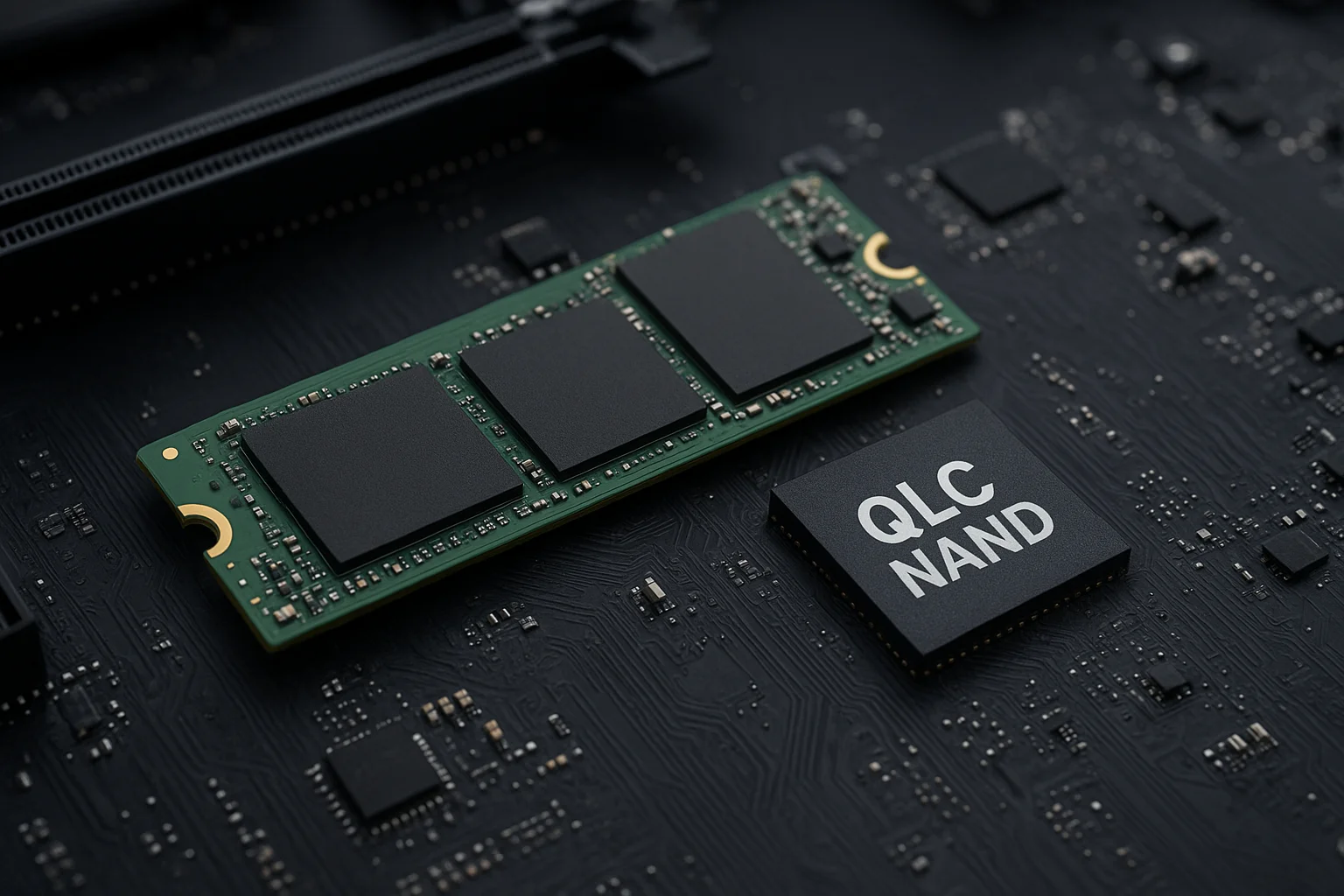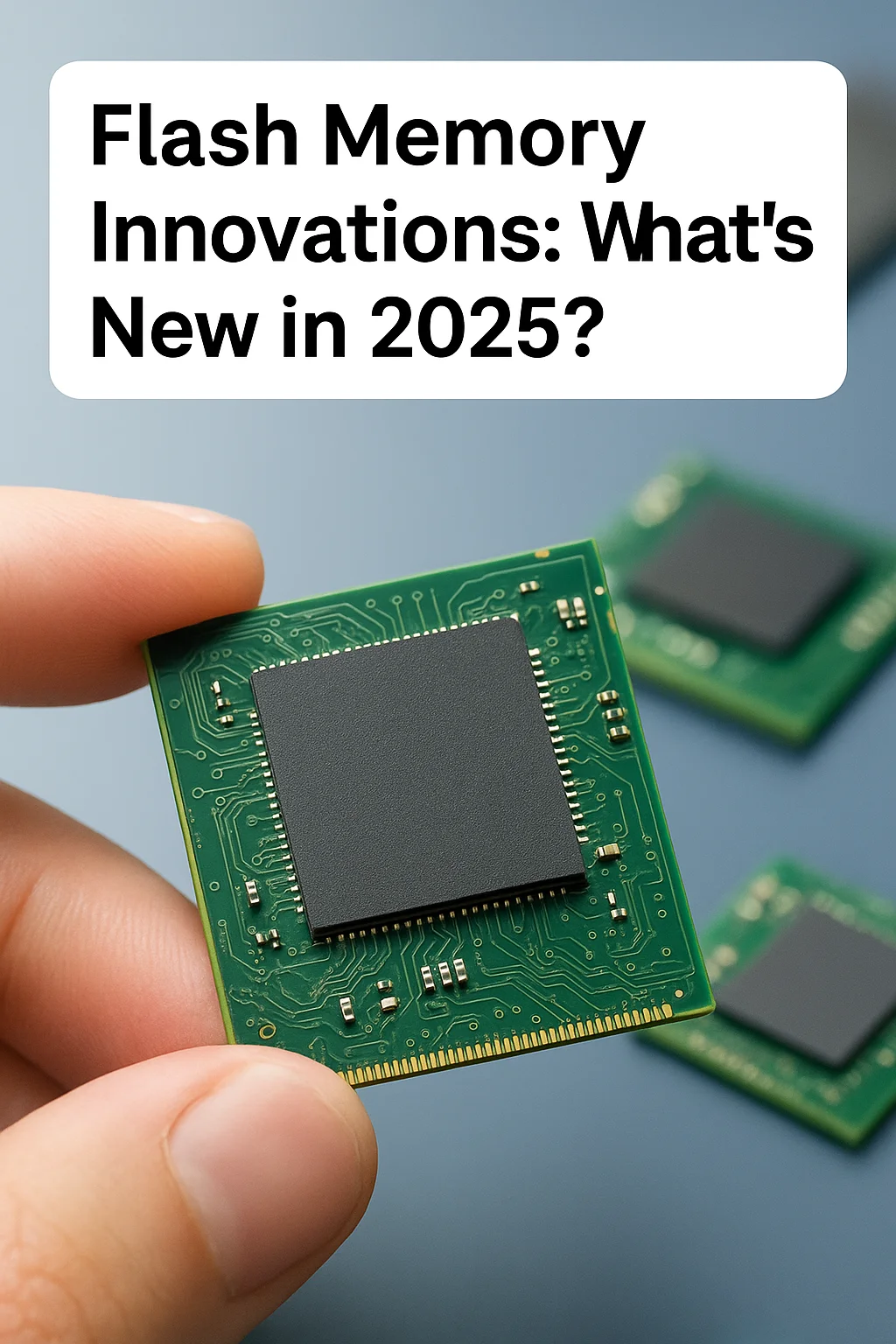The Evolution of PCIe: From 5.0 to 6.0
PCIe has been the backbone interconnect for high-performance storage and accelerators for many years. The jump from PCIe 5.0 to PCIe 6.0 is not just a numeric increment: it represents a shift in signaling, encoding, and system-level expectations. Where PCIe 5.0 relied on improved analog signaling and familiar encoding schemes, PCIe 6.0 introduces PAM4 signaling and robust forward error correction, enabling much higher raw data rates per lane.
Understanding this evolution helps explain why SSD vendors and system designers are excited. The change is both physical (different electrical characteristics) and logical (new protocol features to maintain reliability at higher speeds). For architects this means revisiting channel budgets, PHY designs, and controller logic to fully exploit the interface.
Doubling the Speed: How PCIe 6.0 Redefines Bandwidth
PCIe 6.0 effectively doubles per-lane bandwidth compared to PCIe 5.0 by moving to PAM4 (four-level pulse amplitude modulation) at higher signaling rates. The practical outcome for M.2, U.2 and add-in card NVMe SSDs is a step change in available throughput, which can be applied to either raw sequential bandwidth or to aggregating I/O across many queues and cores.
Below is a concise comparison that highlights the most relevant numbers system designers and storage engineers use when planning upgrades or new products.
| Metric | PCIe 5.0 (per lane) | PCIe 6.0 (per lane) |
|---|---|---|
| Signaling | NRZ (binary) | PAM4 (4 levels) |
| Raw data rate | 32 GT/s | 64 GT/s |
| Effective bandwidth (x4) | ≈16 GB/s | ≈32 GB/s |
| Error handling | CRC, retry | FEC + CRC |
The table shows why PCIe 6.0 is attractive: double the effective bandwidth per lane, plus added error correction that allows reliable transfer over existing form factors with careful channel design.
SSD Performance Gains: Real-World Impact and Bottleneck Removal
Higher PCIe bandwidth translates into potential gains at the SSD level, but the real-world impact depends on multiple subsystems. Modern NVMe drives are constrained not only by interface bandwidth but also by controller parallelism, NAND flash package performance, firmware algorithms, and host-side CPU/memory handling of I/O.
To make PCIe 6.0 meaningful for users, vendors must address these areas:
- Controller parallelism - Increase internal channels and improve scheduling to feed the interface.
- NAND front-end - Use faster NAND, higher channel counts, or advanced stacking to avoid NAND becoming the bottleneck.
- Firmware and queue management - Optimize NVMe command handling, reduce latency in completion paths, and exploit multi-queue parallelism.
For system integrators evaluating upgrades, consider these practical examples of where PCIe 6.0 matters most:
- Workloads with sustained sequential throughput (large-scale data movement, backups, media streaming) will see almost linear gains if the SSD internals scale accordingly.
- Mixed transactional workloads (databases, virtualized I/O) benefit from increased aggregate IOPS when parallelism and host stacks are tuned.
- AI/ML training pipelines that stream massive datasets from storage to accelerators can reduce data-loading windows and increase accelerator utilization.
Quick rule of thumb: if your current SSD is saturating its PCIe 5.0 link for sustained transfers, a PCIe 6.0 SSD with comparable internal architecture should deliver up to twice the throughput—provided thermal and NAND constraints are addressed.
Power Efficiency and Data Integrity: Balancing Speed with Stability
Higher signaling rates typically increase power consumption and thermal output. PCIe 6.0 counters this by using FEC (forward error correction) to maintain link reliability without excessive retransmissions, which can paradoxically save power at the system level by avoiding repeated transfers. Nevertheless, designers must balance three competing priorities: throughput, power, and data integrity.
Practical measures vendors and system builders should adopt:
- Implement adaptive power states and dynamic link training to reduce idle power while keeping high-speed lanes ready.
- Improve cooling and thermal throttling policies in SSD firmware to sustain high throughput without hitting thermal limits.
- Leverage FEC diagnostics: use error statistics from FEC to guide preventive maintenance or adaptive re-rating of link speeds.
From an operational perspective, administrators should monitor both link-level metrics (FEC correction counts, retrain events) and SSD telemetry (temperature, NAND error rates). Proactive monitoring lets you trade off a small throughput reduction for long-term reliability when necessary.
The Road Ahead: PCIe 6.0’s Role in Next-Gen Computing and Storage
PCIe 6.0 is a bridge toward increasingly data-hungry applications. It will not only enable faster SSDs but also influence system topologies: disaggregated storage, NVMe-oF over fabrics, and tighter coupling between storage and accelerators. Expect these trends:
- Platform convergence - CPUs, accelerators, and storage interfaces evolving together to remove I/O stalls.
- Software adjustments - Operating systems, hypervisors, and storage stacks will add optimizations for higher link speeds and increased parallelism.
- New product tiers - SSDs designed specifically to saturate PCIe 6.0 in high-end servers, and more modest drives that use the interface for headroom and futureproofing.
Actionable advice for teams planning migration:
- Benchmark workloads today to identify whether your bottleneck is the PCIe link or internal SSD architecture. Prioritize upgrades where sustained throughput is currently limited by the host interface.
- When validating PCIe 6.0 hardware, include channel compliance testing, thermal stress tests, and FEC/error monitoring in your acceptance plan.
- Plan firmware and driver updates: real gains often come from coordinated updates across host drivers, SSD firmware, and system BIOS.
Adopting PCIe 6.0 will be evolutionary: early adopters in data centers will push the boundaries, while mainstream adoption will follow as NAND and controllers catch up. For content creators, database operators, and AI teams, PCIe 6.0 offers concrete performance headroom; for architects, it demands careful system-level design to convert raw bandwidth into measurable application benefits.






